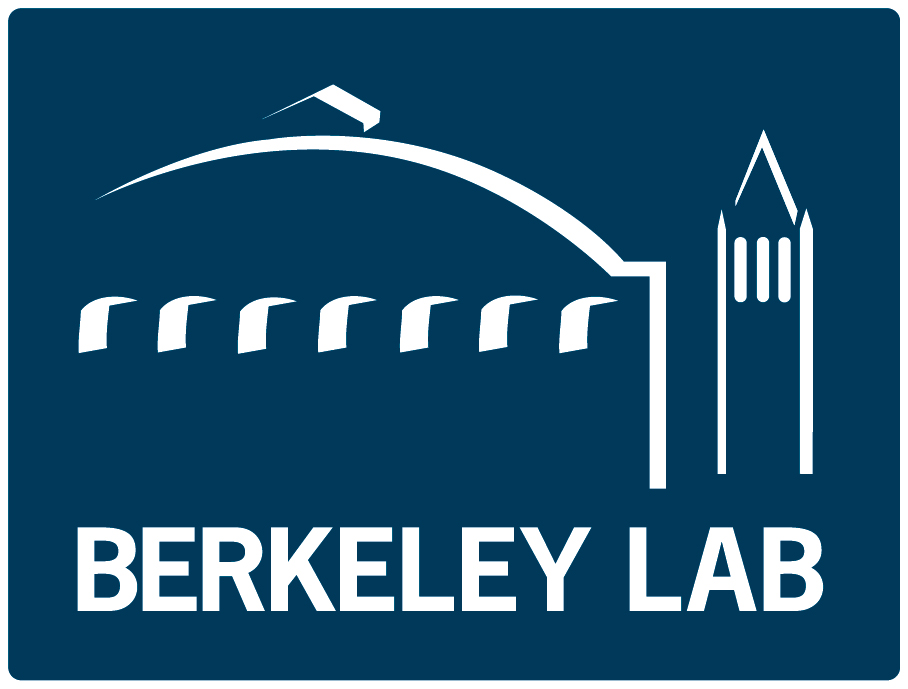APPLICATIONS OF TECHNOLOGY:
- Fuel cell, such as methanol fuel cells
- Water electrolysis for hydrogen generation
- Artificial photosynthesis devices
- Any device that requires a high performance anion exchange membrane
- Polyelectrolyte applications
ADVANTAGES:
- Conductivity and permeability comparable to Nafion
- Uncomplicated synthesis
- Low water uptake
- Low fuel crossover
- Good thermal and chemical stability in base solution
ABSTRACT:
Berkeley Lab researchers at the Joint Center for Artificial Photosynthesis (JCAP) have invented a high performance anion exchange membrane capable of replacing Nafion, the benchmark ionic membrane. In testing, the JCAP membrane exhibited comparable conductivity (as high as 85 mS/cm) and superior low, H2 permeability to Nafion, with membranes soaked in water. The membrane had low water uptake, low fuel crossover, and good stability as well.
For decades, Nafion has been the benchmark ionic membrane for fuel cells. However, Nafion has high permeability to many substances used in fuel cells. Proposed alternatives to Nafion require multi-step synthesis and do not perform as well as Nafion across all key parameters. The Berkeley Lab / JCAP membranes were fabricated by mixing polyxylenol-based polymer precursors in an uncomplicated method that promises to be low cost after scale up.
DEVELOPMENT STAGE: Researches have tested the membrane material. Publication pending.
STATUS: Issued U. S. Patent #9,593,215. Available for license or collaborative research.
REFERENCE NUMBER: 2014-151
